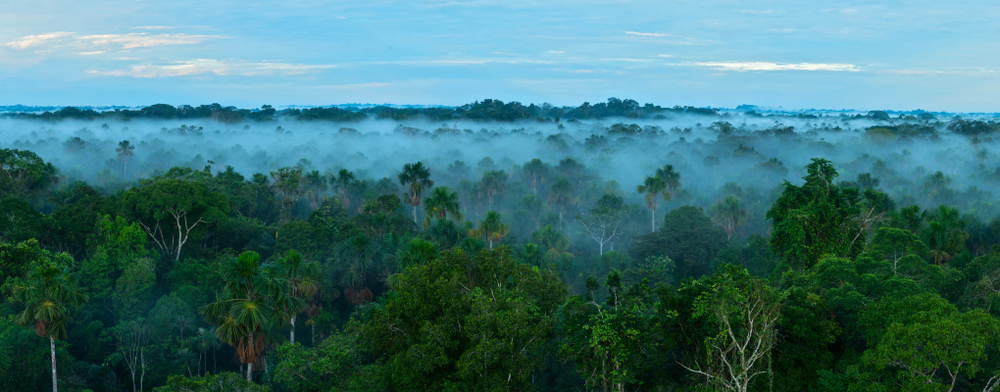Advancing health by caring for nature
Biodiversity encompasses all the complex interactions among living organisms that form the perfectly balanced ecosystems that support life: the air we breathe, the water we drink, the food we eat. There is no human health without biodiversity, which is also integral to the sectors that modulate health outcomes, such as pharmacy, biochemistry, biotechnology and agriculture.
As highlighted in the 2020 ‘IPBES Workshop Report on Biodiversity and Pandemics’, most emerging infectious diseases are caused by wildlife-origin pathogens, and the risk of pandemics is increasing rapidly, driven by exponentially increasing anthropogenic changes – land-use change, agricultural intensification, and wildlife trade and consumption. The relationship between biodiversity and infectious disease is complex, and the loss and degradation of biodiversity undermine the web of life.
As our health and well-being depend on nature, it is our responsibility to preserve the planet and biodiversity.
A biodiversity-inclusive approach
A more integrated, cross-sectoral and biodiversity-inclusive One Health approach can help us simultaneously address the common drivers of biodiversity loss, climate change and increased pandemic risk while supporting better health and well-being.
The Convention on Biological Diversity contributes through the Global Action Plan for Biodiversity and Health to this agenda. The draft, adopted at the 15th Conference of the Parties, calls for a biodiversity-inclusive One Health approach. A special virtual session of the Subsidiary Bodies to the CBD was convened to investigate linkages among biodiversity and health, One Health, the response to COVID-19 and possible future pandemics.
Building on the ongoing and excellent work of the Tripartite+ and the recently established One Health High-Level Expert Council, we urgently need to improve our understanding of the complex linkages among biodiversity, our shared environment, and human and animal health, and promote co-benefits through more integrated policies that can help advance the health, biodiversity and climate agendas.
A green and healthy recovery
The COVID-19 pandemic recovery provides opportunities for setting biodiversity spending targets in stimulus measures and recovery plans. As highlighted in the WHO Manifesto for a healthy recovery from COVID-19, it is imperative to protect and preserve nature as part of a healthy and green recovery.
With biodiversity declining faster than at any time in human history, the deterioration of nature threatens our quality of life. To restore humanity’s relationship with nature, we need a whole-of-government and whole-of-society approach. We need to shift away from ‘business-as-usual’ across a broad range of human activities, as underscored in the fifth edition of the Global Biodiversity Outlook.
We have a responsibility to ensure that COVID-19 economic stimulus and recovery measures help conserve and ensure the sustainable use of biodiversity.
Living in harmony with nature
The COVID-19 pandemic has seen an unprecedented mobilisation by all countries to shape a global health response. Furthermore, it has illustrated the need for strong governance and frameworks to address global challenges and preserve global public goods.
The CBD works together with governments and all of society, including Indigenous peoples and local communities, civil society and businesses, the financial sector, women and youth, as well as partners including the United Nations Environment Programme and the Rio Conventions, to catalyse momentum for addressing pressing environmental challenges in an integrated and systemic manner.
A post-2020 global biodiversity framework is being developed under the auspices of the parties to the convention. The framework’s first draft comprises 21 action targets to be achieved by 2030 and will be a key instrument to galvanise urgent and transformative action and help us achieve a vision of living in harmony with nature.
By supporting efforts to achieve the Paris Agreement and the Sustainable Development Goals, the adoption of the post-2020 global biodiversity framework will pave the way for tackling climate change, biodiversity loss, ecosystem degradation and a wide range of socio-economic challenges by delivering numerous co-benefits from healthy ecosystems, thereby ensuring sustainable outcomes for human health and well-being. ▪












